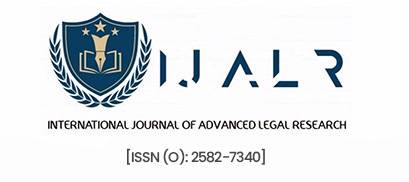Abstract
Honestly, the whole idea of “combating money laundering” sounds so clean when you read it in reports, but the reality is anything but. You’ve got governments writing up frameworks and passing laws with big headlines, and then on the ground you see regulators understaffed, investigators chasing leads that dry up the second money crosses a border, and banks quietly looking the other way when a big client shows up with suspicious funds. It’s almost funny in a depressing wayevery time a loophole gets closed, two or three new ones open, usually powered by whatever shiny technology people haven’t figured out how to police yet. Crypto is the obvious culprit right now, but give it a few years and something else will take its place. And the whole “global cooperation” line? Sure, everyone nods at the conferences, claps politely, agrees on some vague recommendations, and then half of them go home and do whatever suits their local politics or business interests. The result is uneven at best and completely hollow at worst. What that means is this fight doesn’t ever really endit’s not like you’ll wake up one day and hear that money laundering has been eliminated. At best, you slow it down, you make it riskier, you catch enough cases to show people are paying attention. But the game keeps going, because as long as there’s dirty money, someone will figure out a way to clean it. That’s not a tidy conclusion, but that’s the uncomfortable truth.
- Introduction
Money laundering is honestly one of those topics where the more you think about it, the messier it feels. At the basic level, it’s just about making illegal money look legal. Everyone kind of knows that the drug money, corruption money, tax evasion money it all somehow finds its way back into the economy wearing a “clean” tag. And the worst part is, once it’s laundered properly, it doesn’t look any different from the genuine stuff. That’s what makes it so scary.
Now, about the term itself if I remember right, it started being used around the Prohibition period in the US. Gangs back then had to show that their alcohol profits came from some normal business, so they used laundromats, gambling dens, restaurants, whatever. That’s probably how the word stuck. It’s kind of funny in a dark way cleaning clothes and “cleaning” money. Anyway, since then, with globalization and digital finance, the tricks have only multiplied. Especially with things like crypto, it feels almost impossible to track at times.
The impact is hard to fully capture. Governments obviously lose taxes, businesses that actually follow rules suffer, and meanwhile criminals keep getting stronger. I once read the UNODC said something like 2–5% of global GDP gets laundered. Maybe that’s exact, maybe not, but even if you halve it, the amount is still mind-blowing. Like, how do you even picture trillions of dollars moving in circles just to hide their tracks?
India brought in the PMLA back in 2002, which at least gives the government some teeth to act. Globally, there’s FATF and all those committees. They make rules, they push countries to cooperate. Still, in practice, launderers are always a few steps ahead. Honestly, it feels like a cat-and-mouse game where the mouse is faster most of the time.
And that’s why, for me, studying money laundering isn’t just reading a law or an economics chapter. It’s about seeing how crime, politics, and even daily life overlap in ways that most people don’t even notice. And maybe that’s the reason this problem never really goes away.

